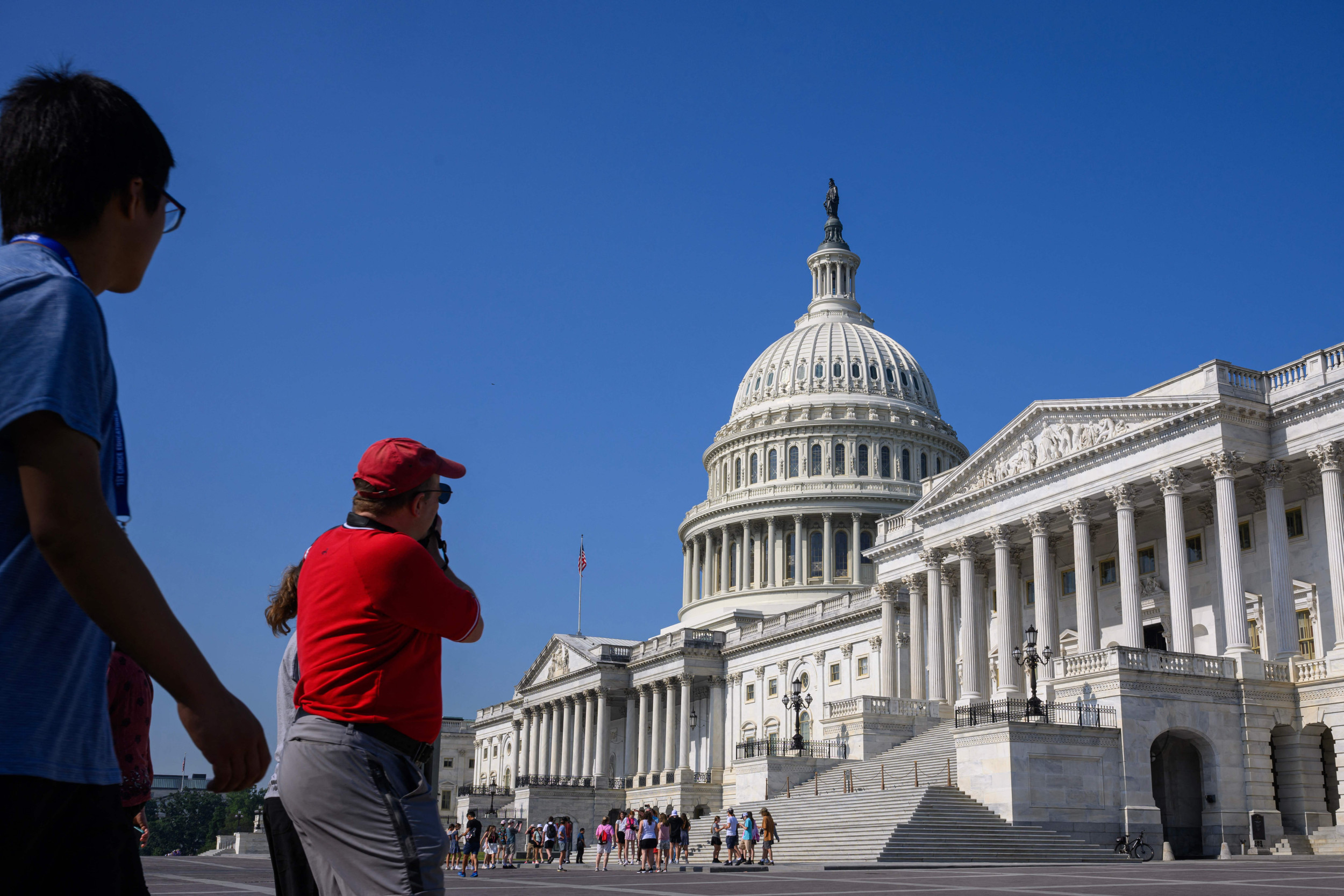Sixteen states now have a better Fitch Rating than the U.S.
On Tuesday, Fitch Ratings downgraded its long-term credit rating for the U.S. from AAA to AA+. The downgrade came after a debt ceiling crisis that, although resolved, had politicians threatening a standoff that could have resulted in the nation defaulting on its debts. Despite the U.S. rating drop, 16 states have maintained an AAA Fitch credit rating, meaning their borrowing terms may be better than those presented to the nation. Twelve states share the U.S. AA+ rating.
The AAA rating showcases a strong economy and an ability to pay off debt. Data compiled by Newsweek identifies the states with a better Fitch Rating than the U.S. as Delaware, Florida, Georgia, Idaho, Indiana, Iowa, Maryland, Minnesota, North Carolina, Ohio, South Carolina, South Dakota, Tennessee, Texas, Utah and Virginia.
Fitch is one of three major credit agencies that determine the U.S. rating. The other two companies are Standard & Poor's (S&P) and Moody's Investor Service. S&P's rating for the U.S. is AA+ and Moody's is AAA. Each agency compiles a separate rating for the states and the nation.
States with high credit ratings have lower interest rates on debts such as general obligation bonds, which can be used to finance large projects like road construction. A high rating has a trickle-down effect that benefits taxpayers by lowering interest costs.

When a state's credit rating is slashed, interest rates increase and negatively impact the state's economy, placing a burden on taxpayers. The U.S. credit rating acts similarly but on a federal level.
Itzhak Ben-David, a finance professor at Fisher College of Business at Ohio State University, told Newsweek that the Fitch Rating is viewed as a report card. By maintaining an exceptional rating, the sixteen states could attract more favorable borrowing terms for loans.
"It showcases robust financial management at the state level, independent of the federal government's financial standing. Those states may find it easier to finance public projects at a lower cost," Ben-David said.
However, Ben-David said that the states may be unable to maintain their AAA standing long term if the U.S. doesn't recover from its Fitch downfall.
"Note that the U.S. rating sets a 'ceiling' for other states, making it unlikely for them to maintain their higher rating in the long term," Ben-David said. "The U.S. rating may not directly impact states with equal or worse ratings, but a broader economic downturn or shift in investor sentiment could have more widespread effects."
An AA+ rating is still considered a favorable rating. However, it is only the second time that a credit agency has dropped the U.S.'s rating below AAA. In 2011, S&P downgraded the U.S. rating by one notch to AA+. The U.S. has yet to recover from the drop.
The U.S. Fitch Rating drop is fueling concerns about an economic downturn and the future impact on taxpayers who are already battling interest rate hikes implemented by the Federal Reserve.
"Generally, a sovereign downgrade could lead to upward pressure on interest rates, as investors may demand a higher yield for the perceived additional risk," Ben-David said. "This would mean that regular people might have to pay more to borrow money for a house or a car. However, the reaction has been moderate to date, and these effects might not be immediate or substantial."
The rating also could have an impact on investors.
"If you invest in stocks and bonds, shifts in these markets due to the downgrade could affect your portfolio's value," Ben-David said. "Again, the impact may be minimal, but financial experts are watching."








